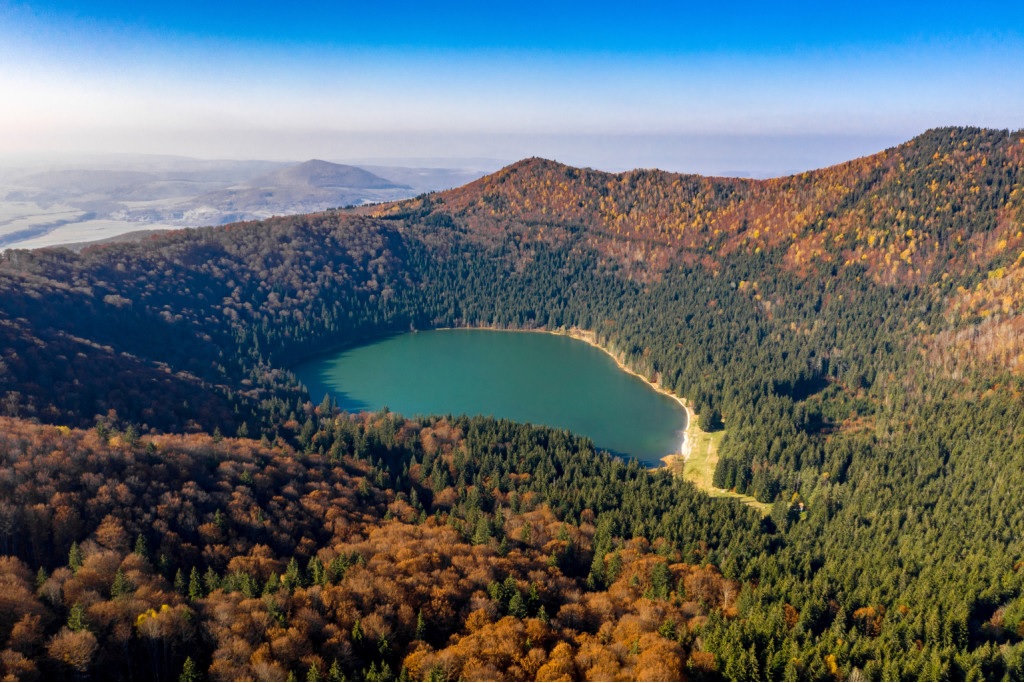Do you know of any ethnic group that has a type of bacteria named after them? Well, the Szeklers of Transylvania now have one. While the glamour of such fame is debatable at best, the scientific achievement and ecological impact of the discovery are very real.
The microbiologists of Sapientia Hungarian University of Transylvania and the Budapest-based Eötvös Loránd University isolated a new genus of bacteria from Lake Saint Anna, a freshwater crater lake in Székelyland. The scientists also specified its whole genome and named it to “Siculibacillus lacustris” referring to the place it was first isolated.
University students involved in the microbiological research of the Bio-engineering Department of Sapientia used DNA tests to identify and breed a completely new genus and species of bacteria, previously unknown to scientists. It all took place in the University’s Csíkszereda/Miercurea Ciuc Faculty under the direction of Dr. István Máthé, and the subsequent biochemical and molecular biological research necessary to describe the new genus was led by microbiologist, dr. Tamás Felföldi (ELTE-Budapest). The results were published in one of the specialty’s leading scientific magazines, Microbiology Society.

The word of „Siculibacillus” in the Latin name of the new bacterium refers to the fact that the stick-shaped bacterium was first isolated in Székelyland (the Latin name of Székelyland is: Terra Siculorum), while the word “lacustris” refers to the fact that it was found in a lake. Another interesting fact is that the bacterial cells are capable of forming special groups, so called rosettes, which are star shaped structures comprised of 5 to 25 cells on average.
This is the first time ever that the complete genome of a strain was specified in the case of a new bacterium that was isolated – and described as a new species – in Romania. The genetic data were placed into gene banks, and the strain of bacteria into international (German and Japanese) strain collections, thus these are available for the widest scientific community for further researches.
Good news for Lake Saint Anna fans
Because the “Siculibacillus lacustris” bacterium is capable of processing various organic matters, most probably it plays an important role in the nutrient cycle of the lake and helps to break down organic matter found in the lake into inorganic matter. In other words: it helps keep the lake clean.
Title image: Clusters of the “Siculibacillus lacustris SA-279” forming rosettes in a light microscope, phase-contrast photo at 100x magnification. The lengths of the cells are between 1,3-2,5 µm- (Photo: dr. Tamás Felföldi)